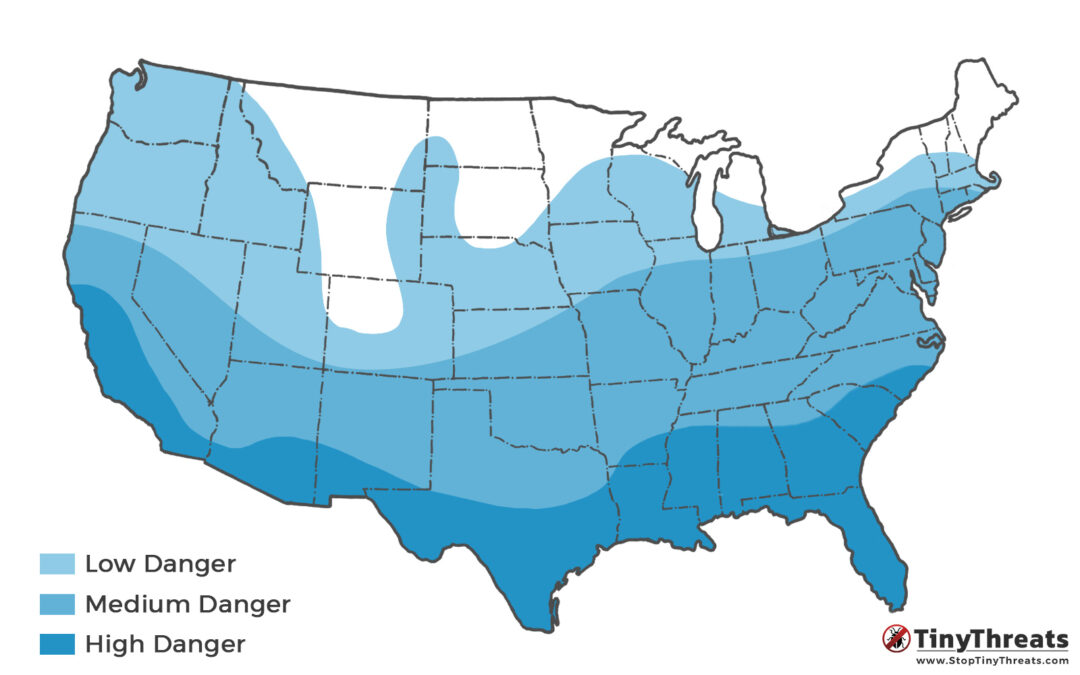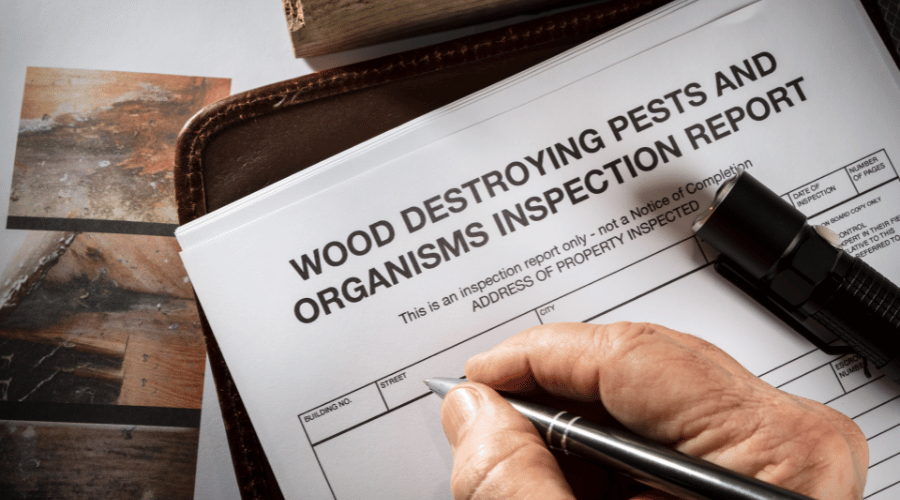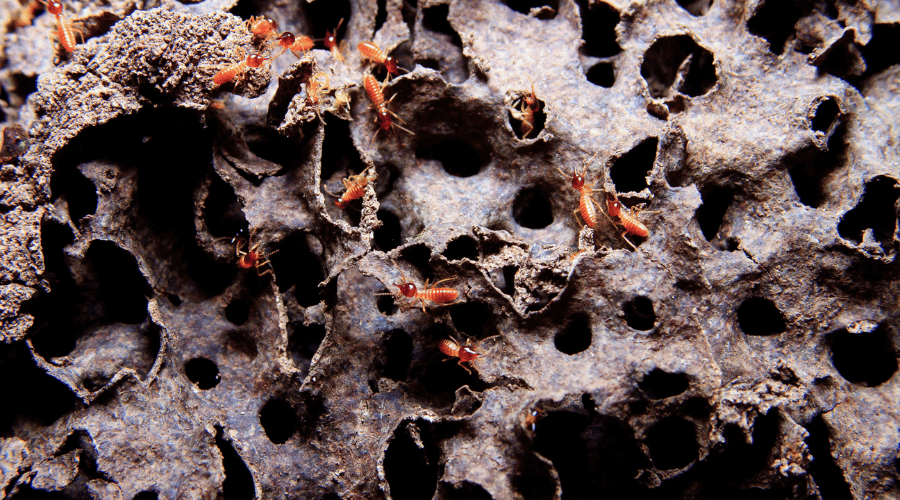Protecting your home against termites is critical if you want to keep your investment safe long-term. If unnoticed, termites can cause massive damage (upwards of $10,000) within just a few years.
Termite shields are elements included during construction of a home that stop these insects from invading the home through the ground.
This is only useful against subterranean termites and does not provide complete protection, but it is one of the best investments you can make for your home. Termite barriers need no maintenance and can last for many decades, providing almost life-long protection for a one-time price.
But before you get a false sense of security, there are a few caveats – read on to understand how termite shields truly work!
Table of Contents
What is a Termite Shield?
Termite shields are a physical barrier made from metal that prevents this pest from invading your house from below ground. It works without pesticides, and if built properly, can last many decades. It can only be installed as a pre-construction treatment option.
Termite shields work by blocking all access to wood from the ground. They can find paths through porous stone and cracks in concrete, but a solid metal plate is impenetrable for termites.
This metal shield forces termites to dig above ground to reach your house, where they become easily visible even to an untrained homeowner.
There are many different types of physical barriers to prevent undetected termite activity, but metal shields were the original invention.
Now, elastomeric membranes, sealants, and particle barriers join metal shields as protective measures you can take during the construction of a new home to keep it safe from termites.
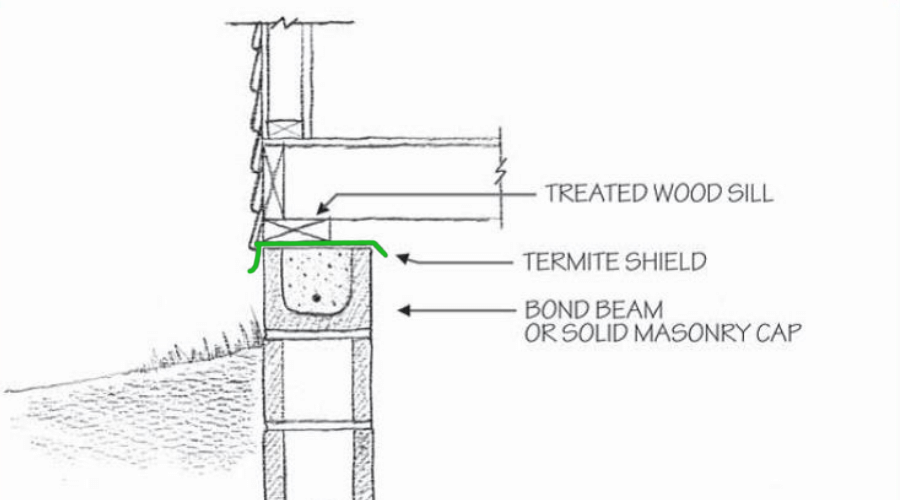
Sketch of a termite shield for foundations and walls (source)
Types of Termite Shields
The original termite shield is a construction of sheet metal, built into and around the foundations of a home during construction. It is meant to protect any normally exposed wood like joints, support beams, and behind any gaps in the foundation.
The material used for termite shields is usually galvanized steel, copper, or aluminum.
Some spots will need holes in the metal – for pipes and wiring, for example, which are usually sealed with special sealant that has pesticidal properties and a high durability.
After all, a termite shield is effective because it is gap-less and covers all possible entry points.
Membrane Barriers
Membrane barriers are flexible termite-proof layers that can be applied to walls, foundations, under slabs, under floors, and other elements during construction to prevent termites from digging into them.
These membranes are elastomeric, meaning they are flexible enough to stretch if a construction shifts slightly, like due to settling or expanding soil. This helps this type of barrier to stay crack-less and intact for many years.
This termite barrier can be applied to elements like walls and foundations, often as a spreadable formulation, effectively sealing the affected walls completely, preventing any termites from chewing into them.
Particle Barriers
Particle barriers are similar to metal shields, but use sand or sand-like material to prevent termites from digging through.
This is also installed during construction, right after the foundation is poured. Once the concrete has settled enough, a wedge-like trench is filled with the particle barrier’s material.
Keep in mind that these various building techniques are not exclusive and can be combined and altered to create a better, more complete protection against termites.
You may also hear the term “Ant Cap” being used, which is the same as a termite shield. Despite the name, ant caps are simply the same products and methods with a different name.
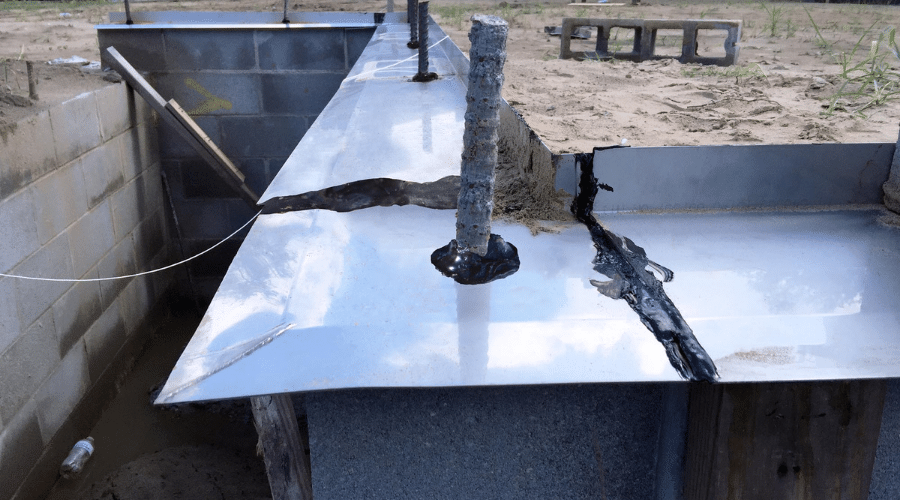
Termite shields being installed during construction (source)
Are Termite Shields effective?
Termite shields are quite effective at preventing termites from invading your home. While it’s not necessary to integrate such a barrier into your home during construction, it does make for a good long-term investment.
There are other measures you can take to protect your home, though:
Bait traps can wipe out subterranean termite colonies below your property quite effectively, and are relatively cheap and easy to maintain once they are installed. This type of baiting and monitoring system synergizes well with a termite barrier.
Soil treatment or chemical treatment is another option to keep termites away from your home. This treatment works similar to a termite shield, but can be applied to finished houses. It uses liquid pesticides that are pumped into the soil to either repel or kill insects – and keep them from invading your home from below.
Limitations of Termite Shields & Barriers
It’s important to understand that there are certain limitations to metal termite shields and other types of protection.
None of these barriers fully prevent termites. Only subterranean termites are stopped by these, and they are still able to reach your house above ground.
Some methods protect your exterior walls (like with a termite-proof layer of membranes), but it is next to impossible to completely seal a building 100%.
Even without complete protection, termite shields make it far easier to spot any termite activity if it happens – which means you can react early before it turns into a sizeable infestation. This can save you a lot of trouble, money, and keeps any damage to a minimum.

